Intelligence on the Label: How Smart Packaging is Transforming Food Safety and Waste Reduction % – OPUS International
In an industry where margins are tight and reputations are built on trust, packaging is stepping up—from silent protector to active participant. Welcome to the era of smart packaging—where embedded sensors, indicators, and connectivity are redefining how we think about food freshness, safety, and sustainability.
For food and beverage leaders in North America, this is more than an innovation. It’s a strategic unlock—connecting product integrity with operational efficiency and consumer engagement.
📦 Beyond Containment: The Rise of Intelligent Packaging
Traditional packaging has always served a critical function: protect the product, extend shelf life, and display information. But smart packaging goes several steps further by actively monitoring conditions, communicating status, and even adapting to environmental changes.
These technologies can include:
-
Time-Temperature Indicators (TTIs): Visual tags that show if a product has been stored outside of safe temperature ranges.
-
Gas Sensors: Detect spoilage gases like ammonia or ethylene, indicating microbial growth in meat, seafood, or produce.
-
RFID/NFC Tags: Enable real-time tracking, authentication, and even consumer interactivity.
🌎 Why North America Is Poised to Lead
North American consumers are more label-conscious than ever—and more skeptical. They want transparency about what they eat, how long it stays fresh, and how to reduce waste. Retailers and regulators are raising the bar, too.
Enter companies like Avery Dennison, Freshpoint, and Evigence Sensors, who are embedding freshness indicators directly into packaging films and labels. These innovations allow consumers (and logistics teams) to instantly see whether a product is still safe to eat—without needing to interpret cryptic expiry dates.
Meanwhile, major grocers like Kroger and Walmart are piloting smart label technologies to improve stock rotation, reduce food waste, and strengthen recall readiness.
🧠 The Strategic Value for F&B Companies
For food scientists, smart packaging opens doors to new preservation techniques, shelf-life modeling, and data-integrated QA systems. For executives, it means:
✅ Reduced food waste (and shrink)
✅ Improved recall response times
✅ Enhanced consumer trust and loyalty
✅ Compliance with tightening traceability regulations
✅ New storytelling opportunities for brands committed to safety and sustainability
Functional beverages, fresh-cut produce, dairy, and meal kits stand to gain the most in the short term—but applications are growing fast across categories.
💡 From Reactive to Proactive
Smart packaging isn’t just about preventing waste—it’s about proactively protecting value at every step in the supply chain.
In a marketplace demanding transparency and resilience, the packaging around your product may soon be just as important as what’s inside it.
For North American food and beverage leaders, this is the moment to think beyond the box—and into the future.
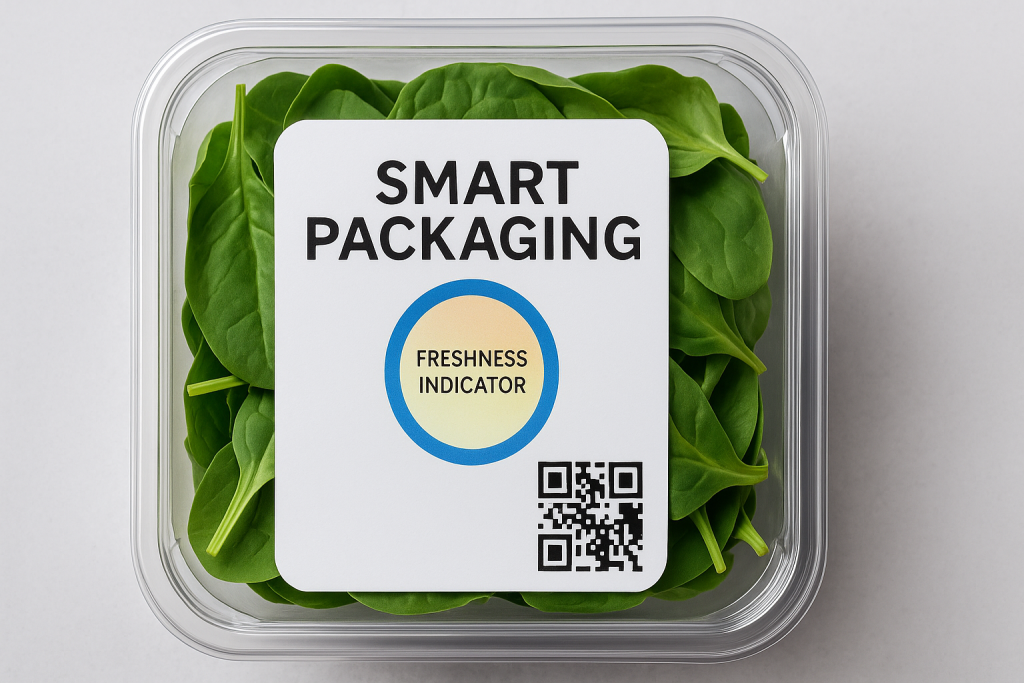
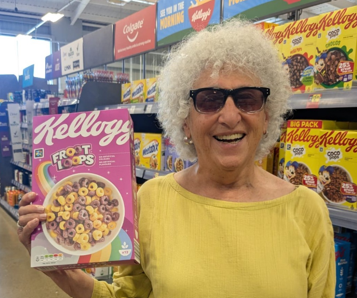
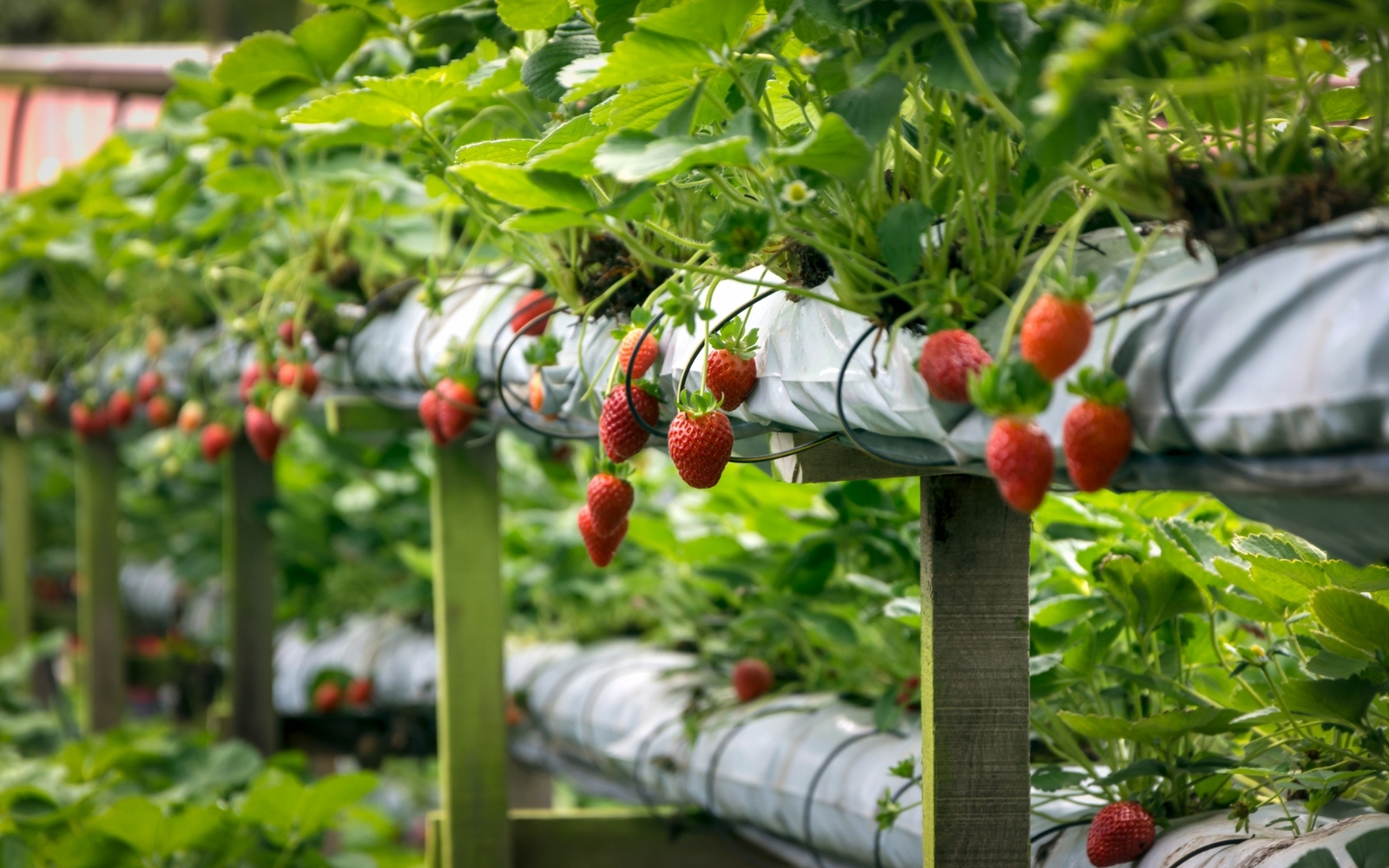

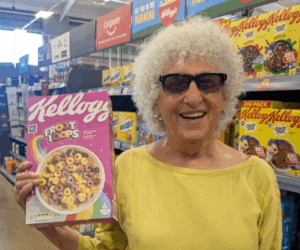
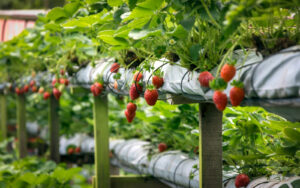


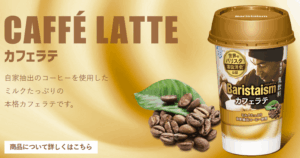



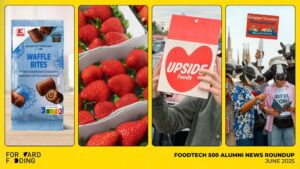

Post Comment